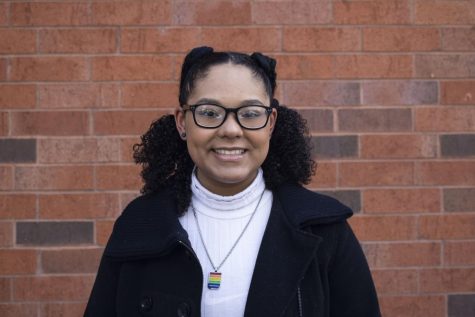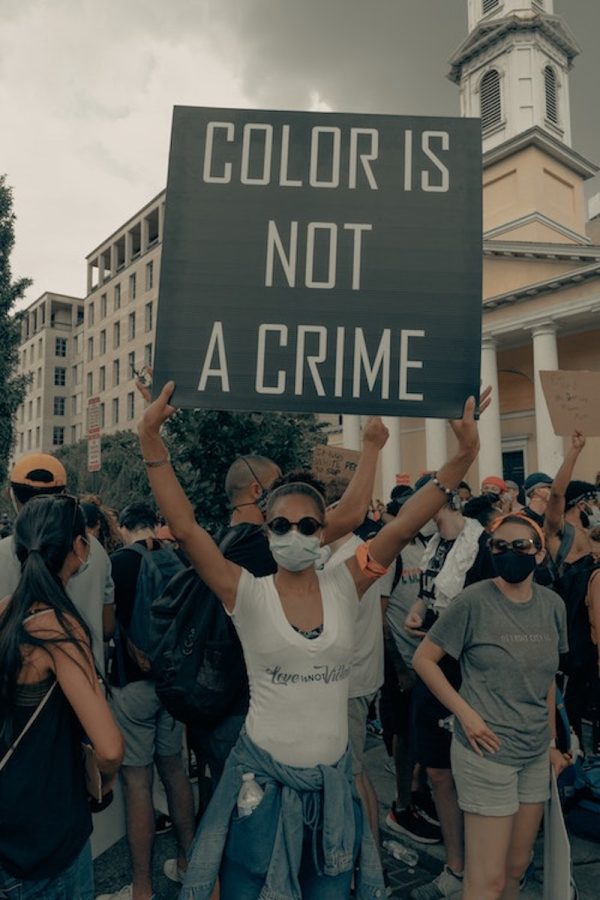The True Danger of the “Karen”
White tears and the criminalization of Black bodies
I know we all remember that video that circulated the internet in 2020 of that white lady in Central Park who freaked out and called the cops on a Black bird watcher, claiming that she and her dog were being attacked.
As a society, we like to believe that incidents like this one don’t happen very often, but if that were true we wouldn’t have come up with the name “Karen”.
While I would love to say that these incidents are far and few between, these things happen every single day, and the people who suffer from them are those with Black and brown skin.
Every day I see a new video of some random “Karen” using her whiteness and her tears to criminalize a person of color. Heck, I’ve dealt with quite a few of them myself here, at UW-Eau Claire.
A few other examples I can think of are the Victoria’s Secret incident when a white lady flailed herself around on the ground after assaulting a Black woman and “Permit Patty” called the cops on an eight-year-old Black child selling water.
“Permit Patty” and the lady from Victoria Secret seem like relatively harmless examples of the weaponization of white women’s tears, but just as easily their tears could have resulted in the death of Black or brown bodies.
Throughout American history, we have seen the dangers of white women’s tears resulting in Black and brown people being attacked, criminalized and killed.
If there’s one thing high school history class taught me, it’s that history repeats itself.
101 years ago, an all-white mob attacked, rampaged through and burned down the thriving and nationally recognized Black city of Tulsa, Okla. after elevator worker, Sarah Taylor, filed a police report on a Black man, Dick Rowland, who took the elevator after work.
On record, 36 people ended up dead, however many actually calculate this number to be in the hundreds. The white mob killed Black men, women and children, and burned down thousands of Black homes and businesses.
The town, also known as Black Wall Street, was never the same. The incident later became known as the Tulsa Race Massacre, one of the biggest incidents of racial violence in history.
99 years ago, the predominantly Black town of Rosewood, Fla, was attacked by an entirely white mob of hundreds after Fannie Taylor was beaten and publicly claimed a Black man had broken into her house and assaulted her.
The angry white mob attacked any Black person they could find. Six Black people, including a child, were killed by the white mob, and the rest of the Black population was run out of town.
This became known as the Rosewood Massacre.
It was later discovered that Taylor was having an affair while her husband was at work and that her lover was the true culprit of her beating.
91 years ago, the Scottsboro Boys were put on death row after two white women falsely accused them of raping them on a train in Alabama. Collectively the boys ended up spending over 100 years in prison before the charges were dropped.
Neither woman faced any sort of punishment.
67 years ago, Emmett Till, a 14-year-old Black boy was brutally beaten beyond the point of recognition and killed after Carolyn Bryant falsely accused him of flirting with and “offending” her.
Emmett would be 81-years-old, had he not been murdered due to Bryant’s lies, tears, and weaponization of her whiteness.
Roy Bryant and J.W. Milam, the men who murdered Emmett were found “not guilty” by an all-white jury. Carolyn later revealed the claims she made against Till were false. Carolyn is still alive today and faces no repercussions.
These are just a few incidents that came to my mind.
Today, Karens continue this legacy. White women’s tears put Black lives in danger every single day.
So how do we prevent this from happening again?
We can’t. We can not truly prevent this from happening again.
All we can do is learn, and do better.
We can learn and fix our own racial prejudices.
We can learn to deal with white guilt instead of victimizing whiteness.
We can take steps to learn the history behind “Karens” and when and where race-based violence truly began. And I’ll give you a hint, it didn’t begin with POC.
We can learn about the true history of these events instead of white-washing them to make them more “palatable” for white ears.
We can learn to be better than our history because if we don’t, the next “incident” could be as soon as tomorrow.
Jackson can be reached at j[email protected].

Kiara Jackson is a fourth-year integrated strategic communication and criminal justice student and this is their second semester on The Spectator. When they are not writing for The Spectator, Kiara is likely listening to music, hanging with friends, watching Marvel or anxiously pacing around their dorm room just trying to survive their final school year.

